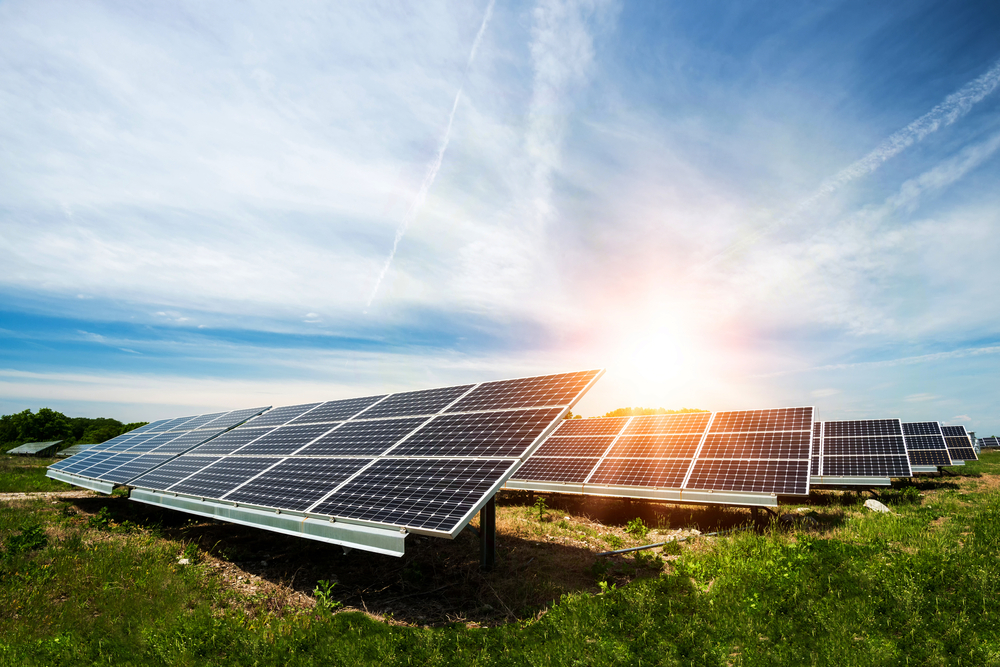GPSC – 3Q66: กำไรเพิ่มขึ้นเพราะมาร์จิ้นของธุรกิจ SPP ดีขึ้น – NEUTRAL (ราคาเป้าหมาย 75 บาท)


กำไรสุทธิของ GPSC เพิ่มขึ้นสู่ 1.8 พันลบ. ใน 3Q66 สูงกว่า consensus คาด โดยได้แรงหนุนจากมาร์จิ้นที่แข็งแกร่งขึ้นของธุรกิจ SPP เนื่องจากต้นทุนเชื้อเพลิงลดลงในอัตราที่เร็วกว่าราคาขายไฟฟ้าก่อนที่รัฐบาลจะเข้าแทรกแซงเพื่อลดค่า Ft สำหรับเดือน ก.ย.-ธ.ค. 2566 นอกจากนี้ส่วนแบ่งกำไรที่เพิ่มขึ้นจากโรงไฟฟ้าพลังน้ำในลาว (XPCL) และเงินปันผลรับจากการถือหุ้น 15% ในโรงไฟฟ้าราชบุรีเพาเวอร์ (RPCL) ก็ช่วยสนับสนุนกำไร 3Q66 ด้วยเช่นกัน กำไรสุทธิ 9M66 อยู่ที่ 3.2 พันลบ. เพิ่มขึ้นก้าวกระโดด 142% YoY แต่คิดเป็นสัดส่วนเพียง 68% ของประมาณการกำไรเต็มปีของเรา เนื่องจากกำไร 4Q66 มีแนวโน้มลดลง QoQ จากความไม่สมดุลของต้นทุนเชื้อเพลิงกับราคาขายไฟฟ้าของธุรกิจ SPP เราจึงคาดการณ์ถึง downside risk ต่อประมาณการของเรา ราคาหุ้น GPSC ที่ร่วงลง 21% ในช่วง 3 เดือนที่ผ่านมา เทียบกับ SET ที่ -8% สะท้อนถึงมุมมองเชิงลบที่นักลงทุนมีต่อแนวโน้มผลประกอบการของบริษัท สืบเนื่องมาจากการที่รัฐบาลเข้าแทรกแซงค่าไฟฟ้า ซึ่งคาดว่าจะเห็นผลกระทบใน 4Q66 กำไร 3Q66 ได้แรงหนุนจากธุรกิจ SPP กำไรจากธุรกิจ SPP เป็นปัจจัยสำคัญที่อยู่เบื้องหลังกำไรที่แข็งแกร่งใน 3Q66 ซึ่งเราคาดว่าจะเป็นจุดสูงสุดของปี 2566 โดยเกิดจากต้นทุนเชื้อเพลิงที่ลดลง (-34% YoY, -24% QoQ สำหรับต้นทุนก๊าซ) ในอัตราที่เร็วกว่าราคาขายไฟฟ้า (-23% YoY, -13% QoQ) ซึ่งช่วยหนุนให้กำไรขั้นต้นของธุรกิจ SPP เพิ่มขึ้น 196% YoY และ 69% QoQ อัตรากำไรขั้นต้นของธุรกิจ SPP เพิ่มขึ้นจาก 12% ใน 2Q66 สู่ 23% ใน 3Q66 แม้ว่ายังต่ำกว่าระดับปกติที่ 27% ปริมาณการขายไฟฟ้าและไอน้ำเพิ่มขึ้น 3% QoQ ในขณะที่ปริมาณการขายไอน้ำลดลง 8.2% YoY โดยเกิดจากอุปสงค์ที่ลดลงจากลูกค้าในอุตสาหกรรมปิโตรเคมี กำไรของธุรกิจ IPP ก็เพิ่มขึ้น 12% QoQ จากค่าความพร้อมของโรงไฟฟ้าเก็คโค่-วันที่เพิ่มขึ้นหลังจากหยุดซ่อมบำรุงตามแผนใน 2Q66 กำไรจากบริษัทร่วมและ JV เพิ่มขึ้น ส่วนแบ่งกำไรจากบริษัทร่วมและ JV เพิ่มขึ้น 184% QoQ (แต่ลดลง 27% YoY) เนื่องจากกำไรของโรงไฟฟ้าพลังน้ำในลาว (XPCL) เพิ่มขึ้นเพราะเป็นช่วงไฮซีซั่น ในขณะที่ธุรกิจโรงไฟฟ้าพลังงานลมนอกชายฝั่งในไต้หวันยังคงสร้างผลขาดทุนต่อเนื่องใน 3Q66 โดยเกิดจากค่าใช้จ่ายในการดำเนินงานที่สูงขึ้นในช่วงที่เปิดดำเนินการโครงการ และกำไรของ Avaada (โครงการโรงไฟฟ้าพลังงานแสงอาทิตย์ในอินเดีย) ลดลง 115% YoY และ 88% QoQ เพราะเป็นช่วงโลว์ซีซั่นของธุรกิจโรงไฟฟ้าพลังงานแสงอาทิตย์ในอินเดีย แนวโน้ม 4Q66 เราคาดว่ากำไรจากธุรกิจ SPP จะลดลงใน 4Q66 โดยมีสาเหตุมาจากอุปสงค์ที่ชะลอตัวลงจากลูกค้าอุตสาหกรรม นอกจากนี้เรายังเชื่อว่าจะเห็นผลกระทบเชิงลบจากการที่รัฐบาลเข้ามาแทรกแซงค่าไฟฟ้าให้อยู่ในระดับต่ำกว่าข้อเสนอของ กฟผ. เนื่องจากต้นทุนพลังงานจะลดลงในอัตราที่ชะลอตัวลงใน 4Q66 ในขณะที่ส่วนแบ่งกำไรจากโรงไฟฟ้าพลังน้ำจะลดลง QoQ โดยเกิดจากปริมาณน้ำที่ลดลง แต่เราคาดว่าจะได้รับการชดเชยบางส่วนจากกำไรที่ดีขึ้นจากธุรกิจโรงไฟฟ้าพลังงานแสงอาทิตย์ (รวมถึง Avaada) อย่างไรก็ตาม กำไรโดยรวมจะอ่อนตัวลง QoQ และเนื่องจากกำไร 9M66 คิดเป็นสัดส่วนเพียง 68 % ของประมาณการเต็มปีของเรา เราจึงเชื่อว่าประมาณการกำไรของเรายังมี downside risk คงราคาเป้าหมายอ้างอิงวิธี DCF ไว้เท่าเดิม แม้ว่ากำไรยังมี downside risk แต่เราเชื่อว่าน่าจะมีผลกระทบเพียงเล็กน้อยต่อราคาเป้าหมายอ้างอิงวิธี DCF ของเราที่ 75 บาท/หุ้น ปัจจุบันหุ้น GPSC เทรดที่ -1SD บน PBV ที่ 1.1 เท่า (ปี 2567) ซึ่งเป็นระดับใกล้เคียงกับในช่วงที่เกิดสถานการณ์ COVID ทำให้เราคาดว่าราคาหุ้นมี downside risk จำกัด และยังคงเรทติ้ง NEUTRAL ปัจจัยเสี่ยงที่สำคัญ: ต้นทุนเชื้อเพลิงสูงกว่าคาด การเลื่อนปรับค่า Ft ผลตอบแทนจากโครงการลงทุนใหม่ต่ำกว่าคาด และการเปลี่ยนแปลงกฎหมายเกี่ยวกับการปล่อยก๊าซเรือนกระจก
|
PDF คลิกอ่านเพิ่มเติม GPSC231107_T
PDF Click GPSC231107_E